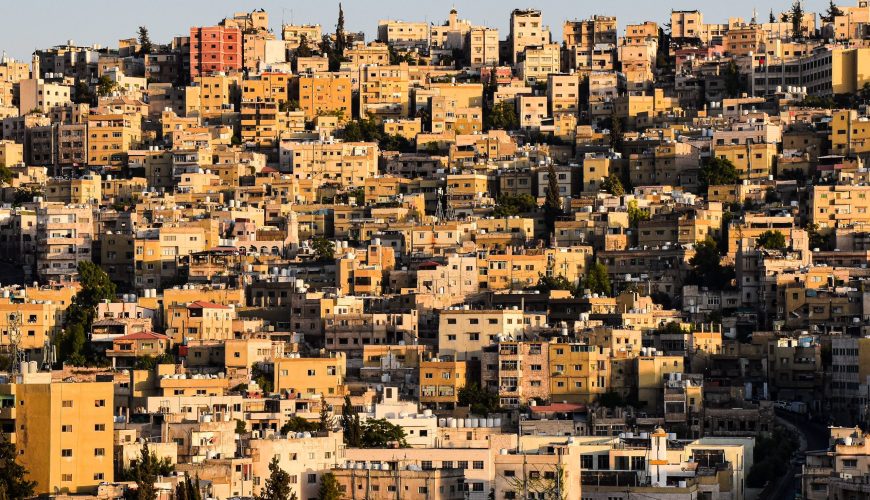Albania is one of Europe’s best-kept secrets. Though it increases in popularity each year, the country did not allow tourists till 1991.
Yet this is a land of untouched natural beauty, with a rich history dating back to the ancient Illyrians and Greeks. It has become a solid favorite of backpackers looking for an affordable, off-the-beaten-path destination to explore.
Basic facts about Albania…
- Currency: Albanian Lek
- Language: Albanian
- Capital: Tirana
- Area: 28,748 km2 (11,100 sq mi)
- Population: 2,845,955
- Land borders: Montenegro, Kosovo, North Macedonia and Greece
- Maritime borders: Greece, Montenegro and Italy
- Highest summit: Mount Korab, 2,764m
- Plug sockets: Most commonly, European (type C & F). Occasionally, UK (type G).
- Time zone: CST/CEST (1 hour ahead of the UK)
Citizens of most EU countries can stay in Albania for 90 days in any 6-month period, visa-free. This rule also applies to citizens of the UK, USA, Australia, China, New Zealand, Singapore and more. If you need a visa, or aren’t sure if you need a visa, check your local government’s travel advice.
When’s the best time to visit Albania?
Albania has a Mediterranean climate with four distinct seasons. Hot dry summers, mild but wet winters, and springs and autumns that are warm enough to be comfortable, but not so hot that you’re sweating buckets! Bear in mind, however, that it does vary depending on where you are in the country. The coast tends to have higher summer temperatures and milder winters than the inland, more mountainous areas. Best time to visit Albania is in spring (April-June) or autumn (September – November).
Explore Tirana
Albania’s capital is rapidly transforming into a vibrant, cosmopolitan city. Sip coffee at the many espresso bars, enjoy its booming nightlife, dive into the developing digital nomad scene, and soak up history in Skanderbeg Square. If you’re in town for more than a couple of days, take the Dajti Ekspres to the top of the nearby mountain, check out the cave of Pellumbas, or go and explore the Roman and Byzantine ruins in nearby Durrës.
Visit the historic town of Berat
A city that’s been around for 2,400 years, Berat is a UNESCO World Heritage Site. It’s also known as “the City of a Thousand Windows” because of its unique white-walled Ottoman homes characterized by their many windows. These wind their way up around the hill to Kalaja, a 14th-century castle, and the Byzantine Church of St. Mary of Blachernae. There’s also an Ethnographic museum here and another one on Byzantine art plus loads more historic mosques and churches to admire.
Drive the Llogara Pass
The Llogara Pass is a steep (at times the incline is 11%), winding road that rises over a thousand meters (3,500 feet) into the mountains and overlooks the Ionian coast, which has been nicknamed the Albanian Riviera. This road goes from Orikum to Dhërmi and there’s lots of scenic stops along the way. The road used to be dangerous and narrow but was repaved in 2009. Although it’s still a tricky route, it’s worth it — it’s the best scenic drive in the country.


0 Comment